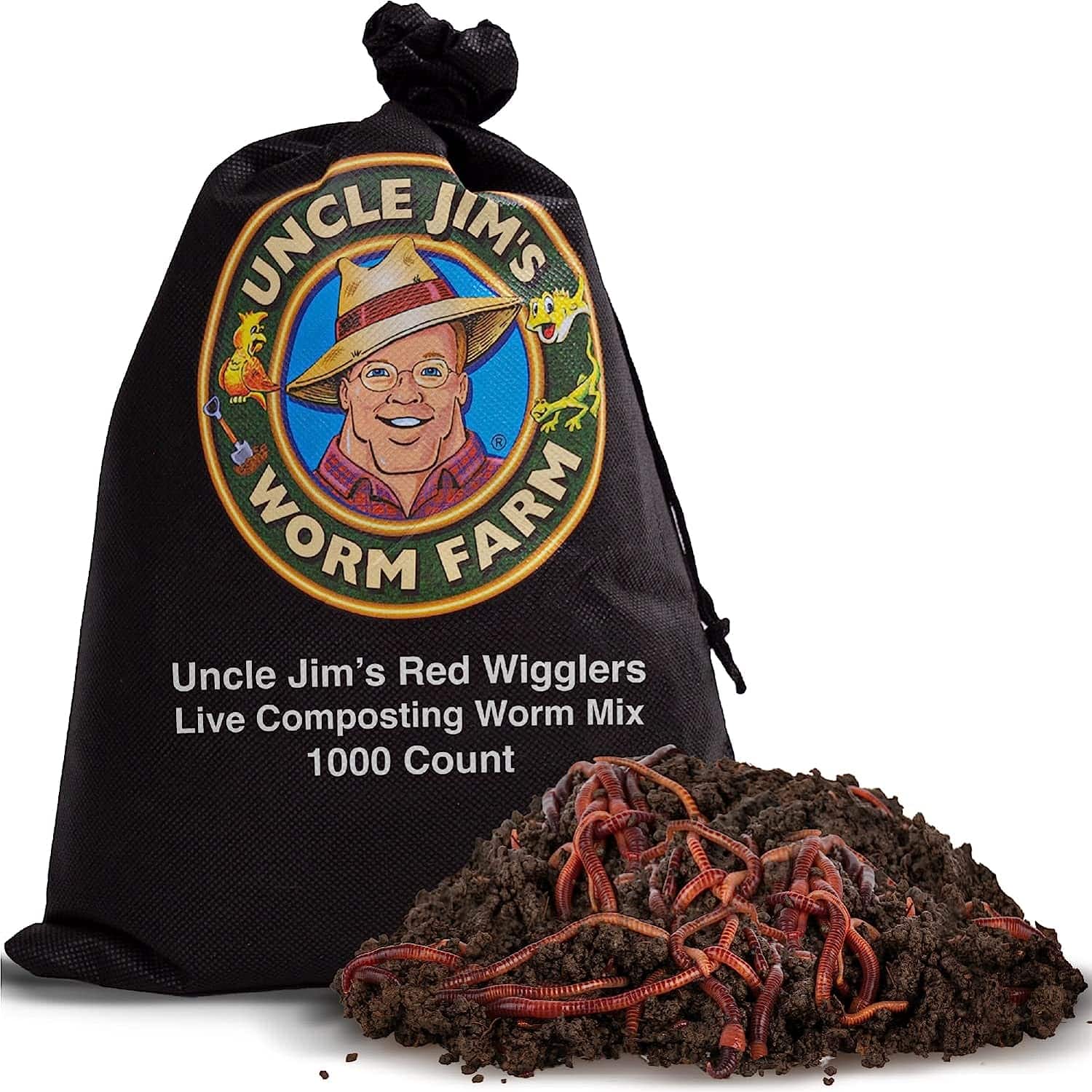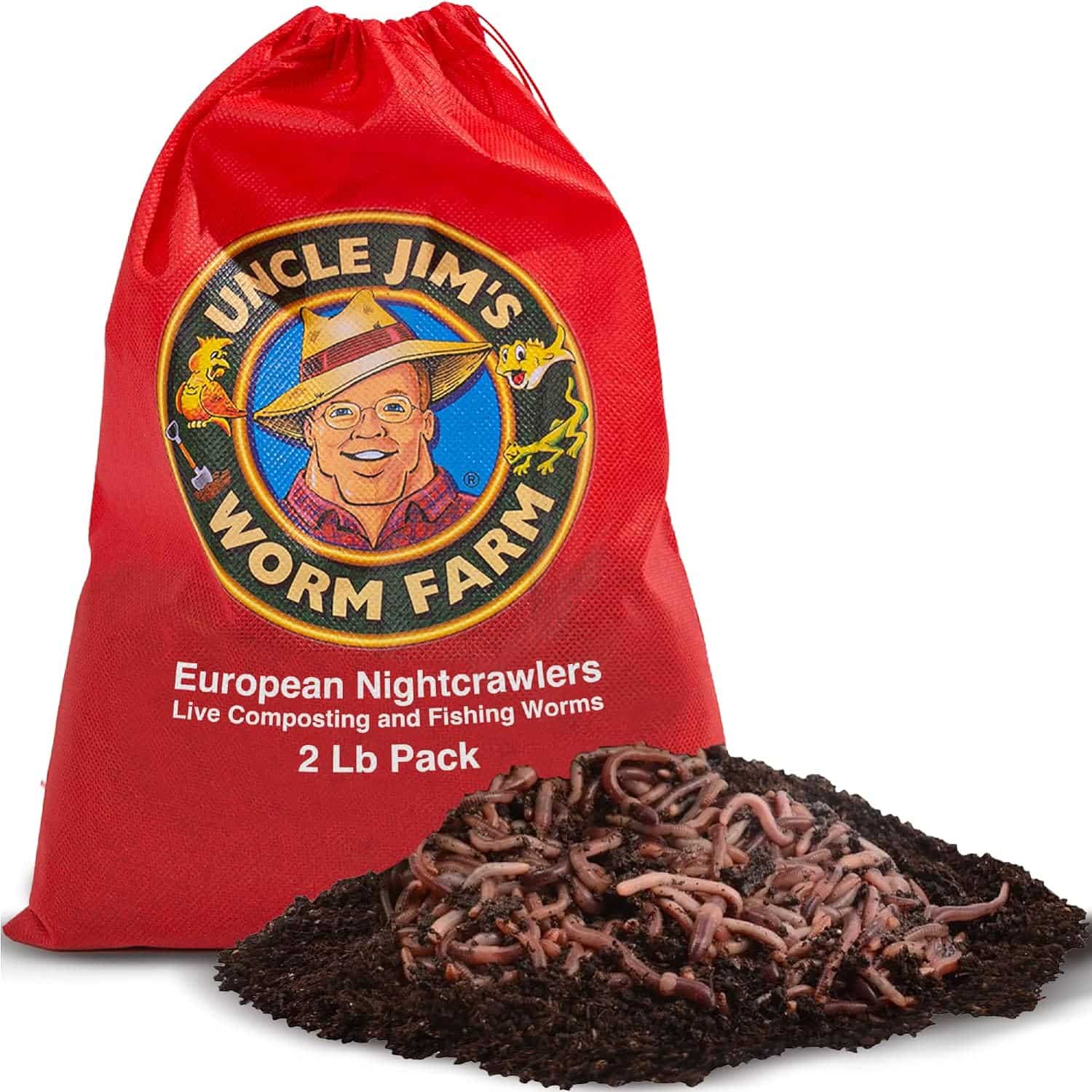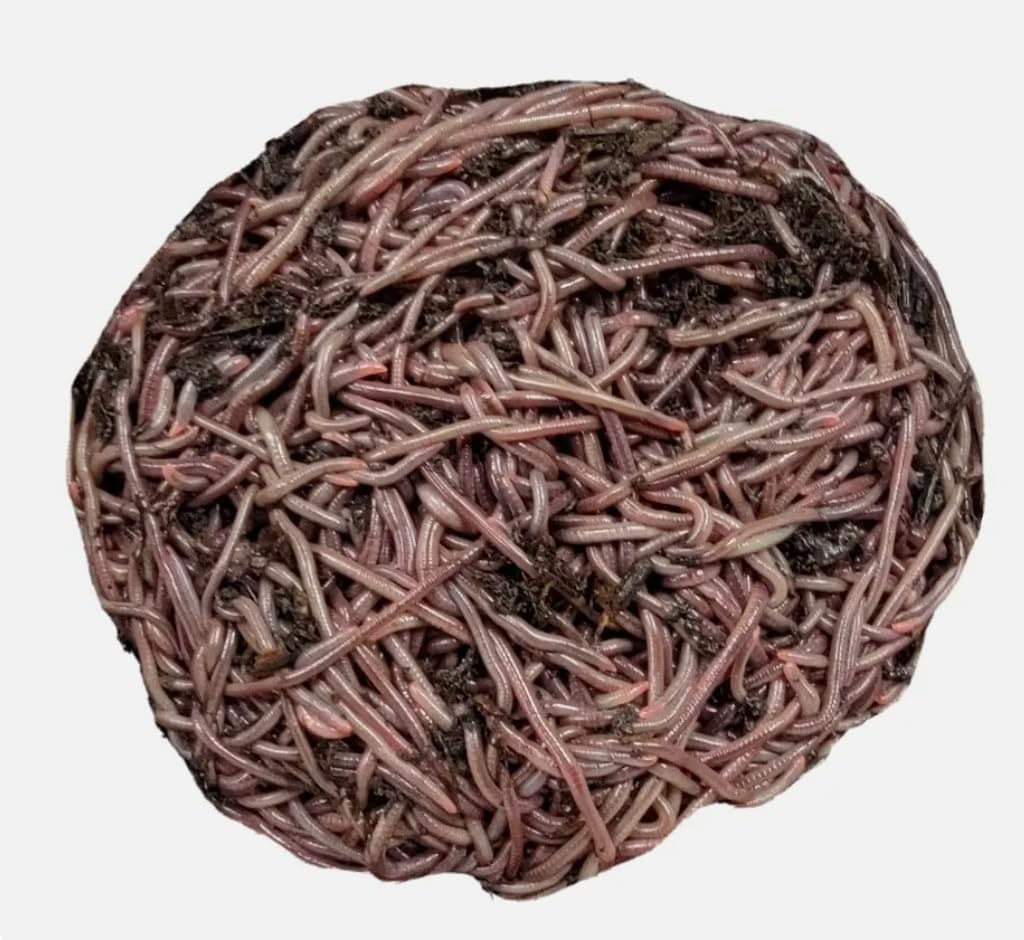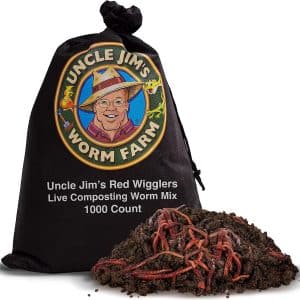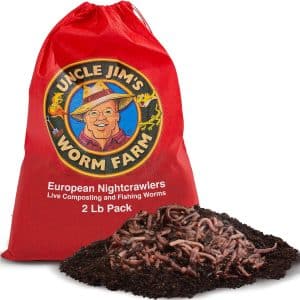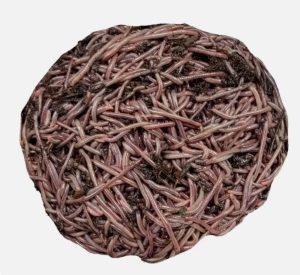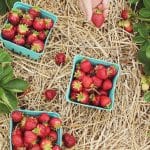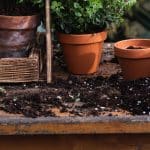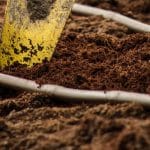Table of Contents
If you’ve been sleeping on worms, it’s time to wake up! No kidding – these slick little critters are the unspoken champions of a thriving garden and good soil health. Everyone talks about red wiggler worms with the same reverence as gold, and for a good reason too. They’re masters at surviving those ratty compost bins where they transform your trash into treasure – a gardener’s fairytale if ever there was one! Let’s not forget the lumbricus terrestris, also known as the nightcrawler. Now, these fellows like to dig a little deeper in the soil, like little miners without a union.
In the organic gardening community, worm enthusiasts might feel like supporting an underground band that’s not mainstream yet. Why? Well, when you’re talking species of earthworms, it’s important to remember they’re not all cut from the same cloth. For instance, some worm celebrities like their worm bins while others prefer a good night’s crawl in the garden, and let’s not even get started on their individual feeding habits. Luckily, the worms alive in your soil are chomping away whenever organic matter is added. If you’re looking to pump up your soil’s health meter, these wiggly garden worms are right up your alley.
Unearthing the Truth: Worms and Their Role in the Garden
A dive into the world of garden worms is like trying to get a layout of downtown – Interesting, but where do you start? Luckily, garden worms can be pinned down to specific roles, like A-list actors in a compost set. The first cool detail is that these fellas are anecic, that’s right- we’re throwing big words at you! This just means they live and burrow deep in the soil like they’re hunting for buried treasure.
But these creatures don’t stop there, oh no! They shimmy up to the surface to consume all the delicious organic materials you’ve provided, like they’re at a surface-level all-you-can-eat buffet! Once they’re full to the brim, they reverse shimmy right back into the soil depths again. See what’s happening? They’re basically your free, natural gardening staff handling composting and all!
Importance of Earthworms and Red Wigglers in Gardening
Think of the earthworm game like high stakes poker where adding worms will significantly raise your chances of winning the lush garden pot. Traditional composting is a bit like watching a chess match on a lazy Sunday — not an inherently bad thing but definitely slower. However, add in some earthworms and specially red wigglers, and it’s like switching a country ballad to an up-tempo rock-n-roll. They’ll rush the process like Black Friday shoppers, transforming your vegetable peels and coffee grounds into enriching worm castings faster than your average, regular earthworms. Now, who wouldn’t want these cute little guys in their garden?
Key Benefits of Adding Worms to Your Garden Soil
Adding worms to your garden is like adding a power-up to a video game character. Garden worms are nature’s mini tillers that eat organic matter like dedicated foodies, leaving behind a trail of nutritious castings that fertilize the soil. You may laugh, but worms and their ‘poop’ habits are honestly helping to keep our earth healthy. Who else do you know who can eat all week and cough up plant health bonuses like it’s going out of trend? Plus, as these wigglers penetrate deeper, building sweet homes in the soil, they’re loosening up the soil, like running a comb through a knotty hair. The result? Better oxygen flow, efficient water percolation, and less soil compaction. The plant roots, on the other hand, can penetrate the now looser soil without being gym rats about it. So remember, no worm, no party!
Explore the Best Worms for Composting: A Ranking Review
Hold onto your gardening hat as we’re about to unveil the red carpet and rank our most efficient and hardworking worm stars for composting. First up, let’s salute the space-saving gems that guarantee a yield of black gold even in small worm bins. But don’t let their puny size fool you! These are the equivalent of tiny warriors with a massive appetite – and guess what they have for breakfast, lunch, and supper? That’s right, your kitchen scraps!
Ever wondered about your worms’ survival rate during cold temperatures? Such worrisome thoughts can take a back seat now. Some of these wigglers can handle the cold similar to a penguin in the Antarctica, remaining alive even at frigid temperatures. What’s more, their rapid multiplication makes them seem like the rabbits of the worm world. Even if you start with just a handful of these wrigglers, give it a week and your worm bin will be buzzing with blue worm cocoons. That’s composting gold, friends!
1. The Desirable Red Wigglers/Tiger Worms
If you’re just dipping your toe into the world of worm farms and composting, the Red Wiggler, or Tiger Worm, could be your new best friend. These critters, easily spotted by their reddish tinge and yellow tail-ends, can be found hobnobbing at most garden centers or pet stores. If you’re more of a homebody, a quick internet search will bring up online vendors like Uncle Jim’s Worm Farm where you can pick up some Wiggler Worms at the click of a button.
The Red Wiggler’s calling card is its beginner-friendly nature. In the same way that training wheels were a godsend when you first hopped on that bicycle, these worms make the journey into composting a gentle ride. Known around the world, these little wrigglers can turn your worm farm into a composting powerhouse in no time.
Pros
- Easy to find at local garden centers or online.
- Ideal for beginners.
- Efficient composters that enrich garden soil.
Cons
- May require careful monitoring of environmental conditions for optimal yield.
- Demanding in terms of feeding: regular and ample food waste necessary.
2. Conquering Knight, The European Nightcrawlers
Much like a night-time superhero, the European Nightcrawler is a larger-than-life compost champ that’s up when the sun goes down. These guys are the heavy-lifters of worm composting, and their bluish-grey bodies and striped tails make them easy to spot. If your compost heap dreams are grand or you’ve got a garden that Hank Hill would be proud of, here’s your worm.
The European Nightcrawlers are top tier when it comes to churning waste into golden garden goodness. Basically, if composting was a baseball game, these worms are your designated hitters. They deliver the goods, big style. Not impressed yet? Mate, they practically moonwalk through organic waste while turning it into productive soil. Now, that’s one cool critter!
Pros
- Excellent composters, especially for larger gardens or compost piles.
- Easy to identify due to distinctive colouring and size.
Cons
- Total divas when it comes to temperature and moisture requirements.
- Not as widely available as their Red Wiggler counterparts.
3. The All-rounder African Nightcrawlers
Get ready to pump your soil with some serious vermicomposting muscle with the reigning African Nightcrawlers. These babies are like the powerhouse engines of a monstrous freight train, native to Africa, now delivering garden goodness worldwide. Their greyish-purple bods flex up to a whopping 8 inches—double the size of your regular red worms!
The beauty of these muscle-bound creatures lies in their ability to break down organic waste into nutrient-rich compost effectively. They’re superb soil tunnellers, aiding in aeration, improving the soil’s water holding capacity and promoting overall garden vitality. Now if that ain’t hitting the composting jackpot, I don’t know what is!
Pros
- They’re power performers in organic waste breakdown
- Excellent soil tunnellers, increasing soil aeration
- Improve the water holding capacity of the soil
Cons
- High metabolic rate- requiring abundant organic matter
- Picky about nutrition and moisture levels
- Can heavily drain compost if unchecked
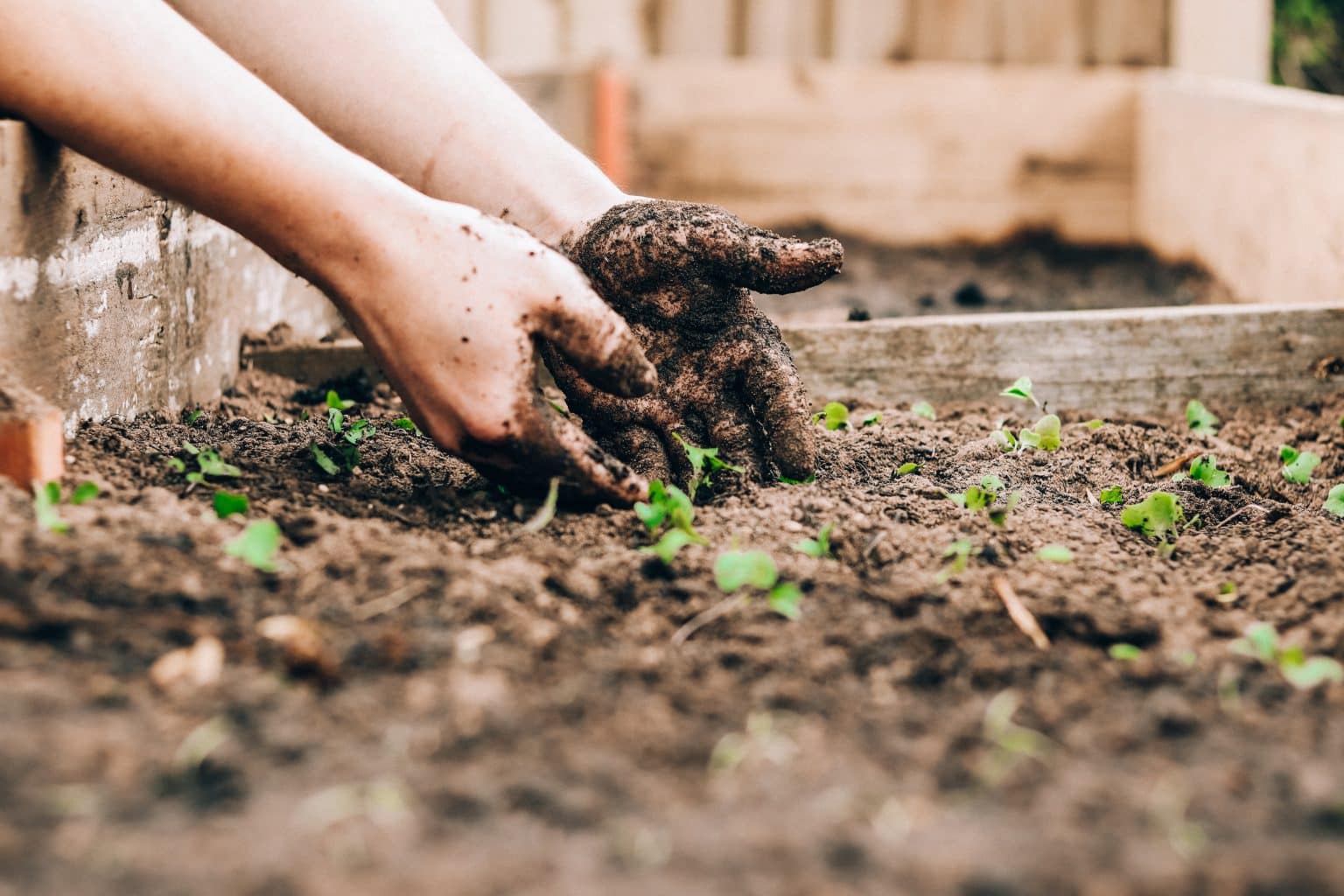
Guided Selection: How to Choose the Best Worms for Composting
Choosing the right worms to chuck into your composting bin ain’t like picking a pair of socks. Ain’t all about color and style. Nope siree, it’s got more to do with your garden’s needs and the worms’ knack for worming. Balancing these beggars involves considering the rascals’ tolerance for cold and warmer temperatures, not to mention the available space and soil conditions. Worms are fussier than you reckon. For instance, a worm bin filled with chubby red wigglers can give your soil a turbo-charged boost, quicker than a cowboy at a rodeo. They sure do love turning those kitchen scraps into black gold. A little worm wisdom goes a long way in enriching the soil of your garden and helping your greens hit the roof.
Evaluating Space Availability
Taking inventory of your worm crib is necessary before becoming a full-fledged worm farmer. You wouldn’t house a thoroughbred in a chicken coop, would you? No! You have to consider the worm’s breed when deciding its home. For instance, those African nightcrawlers, well darn, they could wrestle a raccoon. To accommodate them, you’re gonna need a sizeable worm bin. They do well and make plenty of compost in large bins, but get grouchy in them smaller quarters. So size up your worm-home before becoming a worm landlord.
Considering Your Climate Conditions
Now, let’s chat about them worm weather preferences. Just like us folks, worms have their weather likings too. While we might prefer sipping lemonade by the lake on a sunny afternoon, different breeds of wigglers have diverse temperature needs. Some worms can handle a hot Southern summer while others would need mittens and mufflers. So, before going ham on what worms to get, ensure sure your climate won’t make ’em kick the bucket.
Studying the Behavior of the Worm
And here’s the kicker. Worms have personalities! Have you ever heard the like? Some worms are greedy gobblers and will chomp through kitchen waste like a hog at a trough. These little critters can reproduce faster than a greased rabbit, populating your worm bin with newborn wigglers ready to munch their way through whatever you dump in. Understanding their behaviors, habits and how fast they can multiply is essential when choosing a worm for your compost bin.
Assessing Soil Conditions
Another detail that often gets overlooked is your garden turf itself. If your soil is light and sandy, you’ve got a different list of potential worm tenants than if you had heavy, clay-like soil. Some worms are dainty eaters, nibbling through soft, sandy soil, while there are the muscular types that can burrow like trekkers in dense, clay-packed dirt. Keep in mind, the size and the structure of your worm composting bins should match the worm breed you’re planning to let loose in your garden. Don’t go setting up a worm rodeo in your backyard now!
Frequently Asked Questions
1. What worms are best for vegetable garden soil?
Solving this mystery isn’t as tricky as you might reckon. You see, there’s a heap of mysteries beneath our feet and it ain’t all earth and stones. Dig a little deeper and you will find all manner of critters and crawlers going about their business. But for your vegetable garden, no ordinary worm will do. You need the stars of the soil, the garden worms like the famed Lumbricus terrestris. Although these creatures despise hanging out in compact compost bins, once let loose in a vegetable garden, they can burrow deep into the soil and leave your plants thriving. For those with a green thumb, wiggler worms are also a bountiful choice. So whether you’re into peppers or peas, they’ll have your garden blooming in no time.
2. Can red wigglers live in the garden?
If you’re considering introducing the famous compost rockstars, the Red Wigglers into your garden, be ready for the wild west. Sure as sunlight, they can survive in the garden, but they do prefer the cozy confines of worm farms. Look out though, they can get nippy with plants that have tender leaves, stems, and roots. Don’t want to come out one morning to find your petunias gnawed to the nub. Worm composting is a bit more civilized, with the Wigglers happily tucking into the food scraps from your kitchen. So, consider the pros and cons before launching a Red Wiggler invasion in your garden.
Wrapping up the Journey: The Impressive Empire of Garden Worms.
The fascinating world of garden worms, particularly wigglers, is all about unearthing and nurturing the hidden tools of nature’s bounty. The impressive realm of earthworms speaks volumes about soil health and how they play their cards undercover, literally! Know this – the presence of earthworms in your soil is like holding a royal flush. These tireless laborers, unassuming in their role, tirelessly work in sync with nature, aerating and fertilizing your soil like no other. Now, there’s a phenomena that’d make even your granny’s compost piles seem like amateur hour.
Different kinds of worms, including the fancy-sounding ‘epigeic worms’ are nature’s certified soil whisperers. They understand the language of the soil system like a top-notch cooperative extension, fluttering around in the dirt of your garden’s raised beds. But it’s not all play and no work: their digestive systems are gnarly factories where even the earthworm’s gizzard grinds down organic material into essential nutrients, secreting amino acids. Now, how amazing is that? And the best part? This worm-business helps contribute to the wondrous act of improving the soil structure. Ain’t that enough proof that the empire of garden worms is impressively rock-solid?

I’m John, a “seasoned citizen” and an avid gardener. I live in Minnesota, where our weather and growing conditions can be harsh and challenging. Over the years, I have learned a thing or two about being successful in growing things. I have curated these tips, which I think are helpful for the beginning gardener and the seasoned experts. If you have feedback, let me know in the contact form.

